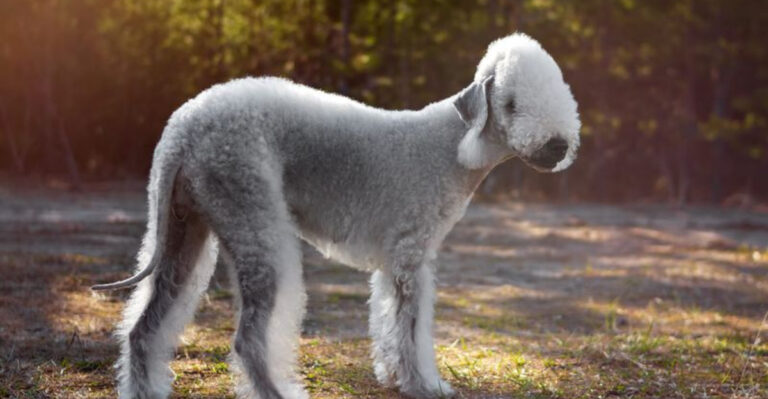21 Warning Signs Your Cat Is In Pain And Needs Help
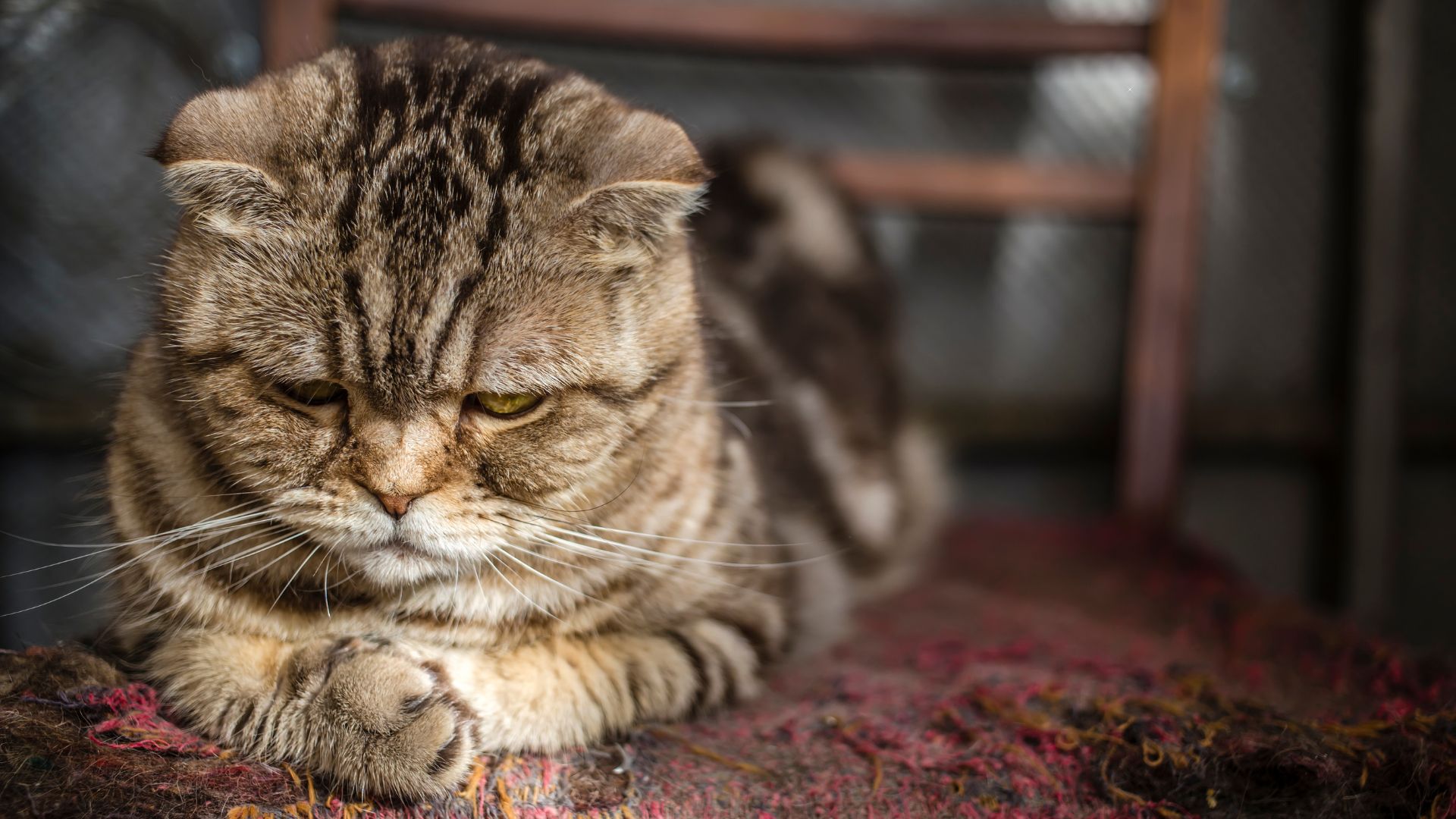
Cats are masters of hiding pain, often suffering in silence while appearing perfectly fine on the outside. But if you know what to look for, their subtle signals can speak volumes.
From shifts in behavior to physical changes you might easily overlook, these clues can help you catch discomfort early. Here are 21 signs your cat might be in pain—and why it’s important not to ignore them.
1. Changes In Appetite
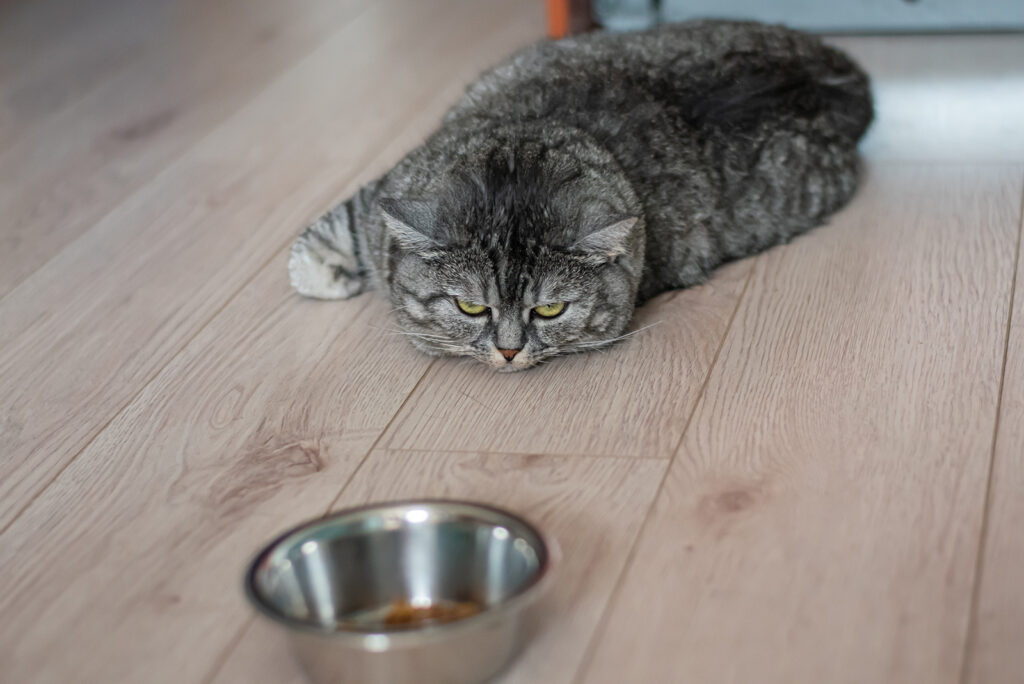
If your cat suddenly seems disinterested in mealtime, leaving food untouched or eating far less than usual, it could be more than just a picky phase.
A sudden change in appetite can signal discomfort or pain. Cats often express physical distress through eating habits, especially if they’re experiencing dental pain, gastrointestinal issues, or internal discomfort.
If your cat starts sniffing food and walking away, it may be time to investigate. Try offering a variety of foods, including softer options, just to make sure it’s not their tummies having weird cravings! But if the behavior persists for more than a day or two, a veterinary check-up is going to be necessary!
2. Hiding More Often
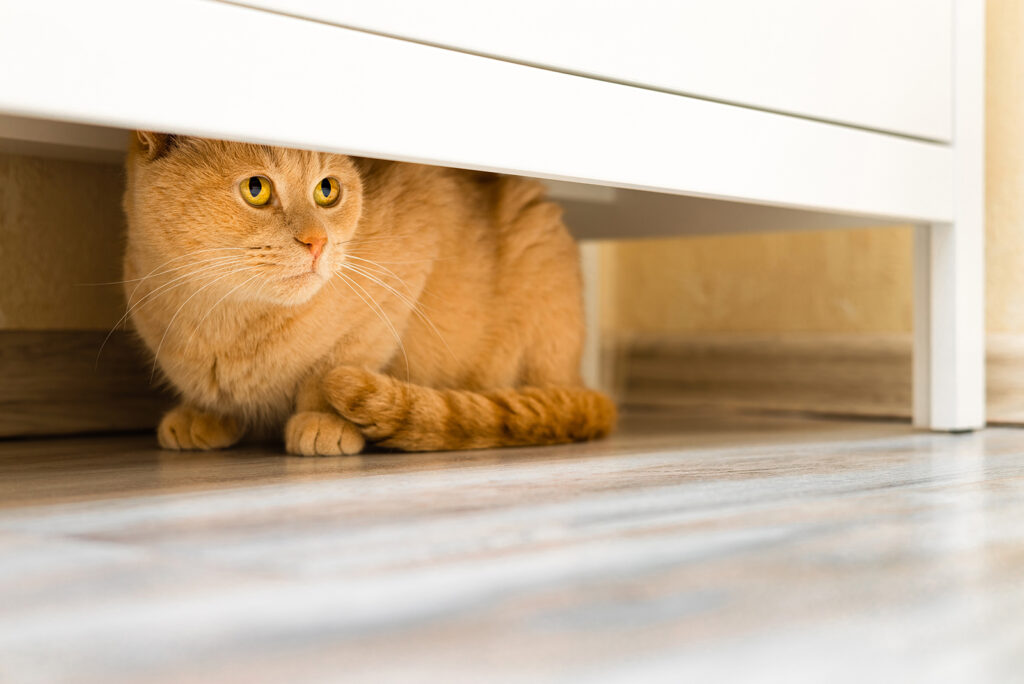
Is your outgoing kitty suddenly acting like a master of hide-and-seek? Cats have a natural instinct to hide when they feel vulnerable or unwell, a behavior inherited from their wild ancestors to avoid appearing weak to predators!
If your normally social cat starts spending hours tucked away under the bed, in closets, or in dark corners, it might be a sign they’re experiencing pain. While occasional alone time is normal, consistent withdrawal from family interaction can mean something’s going on.
That’s why keeping track of when and where your cat hides can offer clues, especially if paired with other behavioral changes!
3. Decreased Grooming
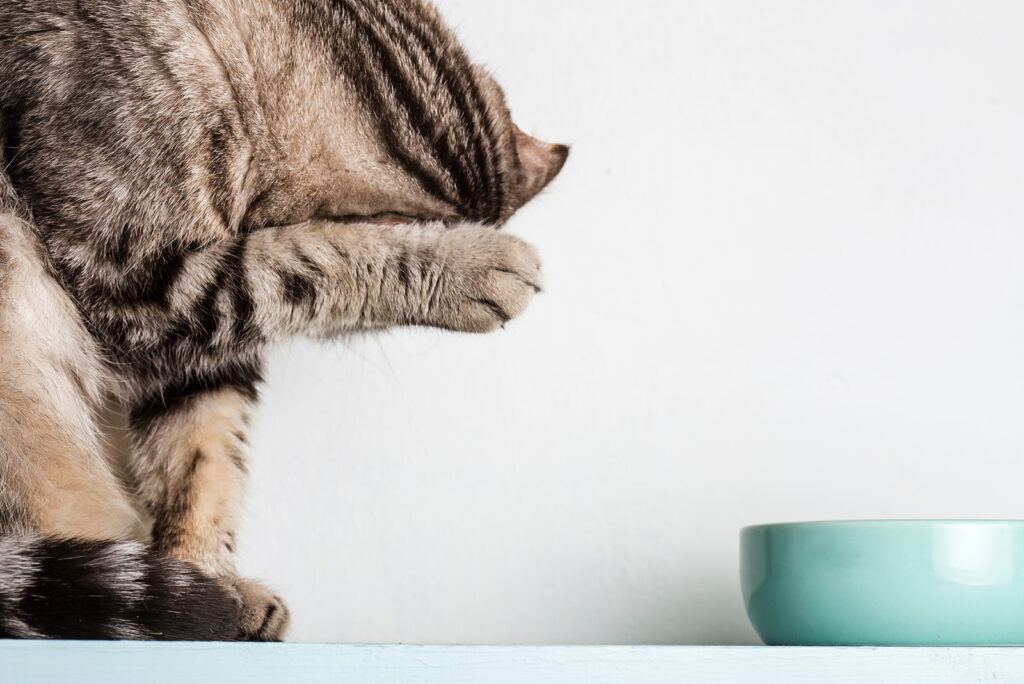
Cats are famously clean creatures, spending a good chunk of their day grooming to keep their fur sleek and good-lookin’! So, when your feline friend starts looking a little rough around the edges, it could be a sign that something’s off.
Pain, especially in older cats or those with arthritis, can make the simple act of grooming uncomfortable. You might notice a dull, matted coat, greasy fur, or even areas where grooming seems completely neglected!
On the flip side, cats experiencing localized pain might groom obsessively in one spot, leading to bald patches (more on that in the upcoming section). If you notice these shifts in grooming behavior, it could be a subtle cry for help!
4. Over-Grooming Or Hair Loss
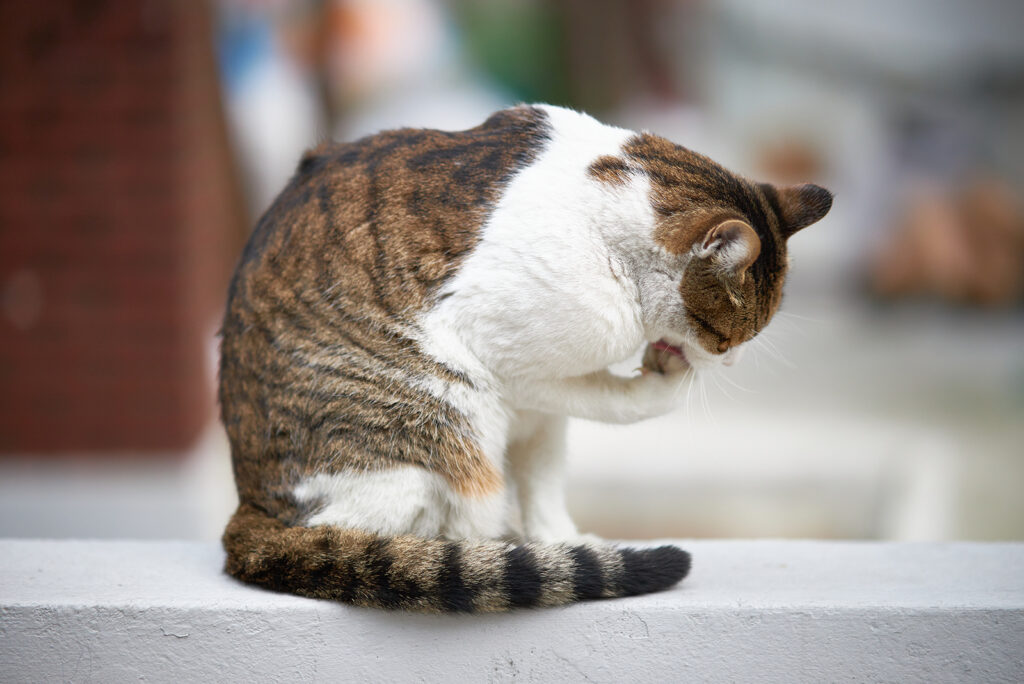
Now, we established cats love to groomt themselves. However, when grooming becomes a tad bit excessive, it could be a red flag.
If your cat starts obsessively licking or chewing at one area of their body, it might be their way of trying to soothe localized pain or irritation. This can result in bald patches, skin redness, and even open sores if left unchecked!
Over-grooming is commonly linked to arthritis, skin allergies, or nerve pain. So, make sure to monitor if this behavior persists in specific areas like joints or the lower back. If you notice consistent hair loss or skin irritation, a vet visit can help determine whether the pain stems from a medical issue or stress-related discomfort!
5. Limping Or Favoring a Limb
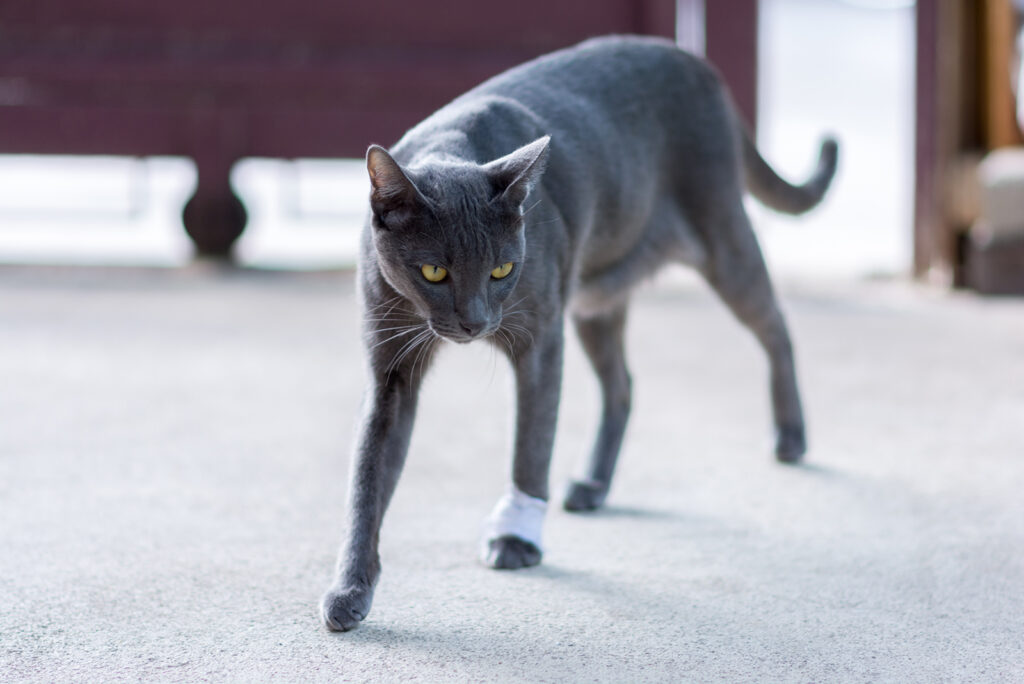
If your cat starts walking with a noticeable limp or avoids putting weight on one leg, there’s a good chance that it is a sign that something’s not right. Whether it’s a minor sprain, a more serious joint condition like arthritis, or even a broken bone, limping should never be ignored!
Cats are incredibly agile, so any sign of restricted movement is cause for concern. You might notice your feline friend hesitating to jump, climbing less frequently, or even avoiding playtime altogether.
These behavioral changes can be subtle, so keeping a close eye on their movements is super important. Sometimes, the issue could be something as simple as a claw injury, but persistent limping always warrants a vet visit to rule out more severe problems.
6. Vocal Changes
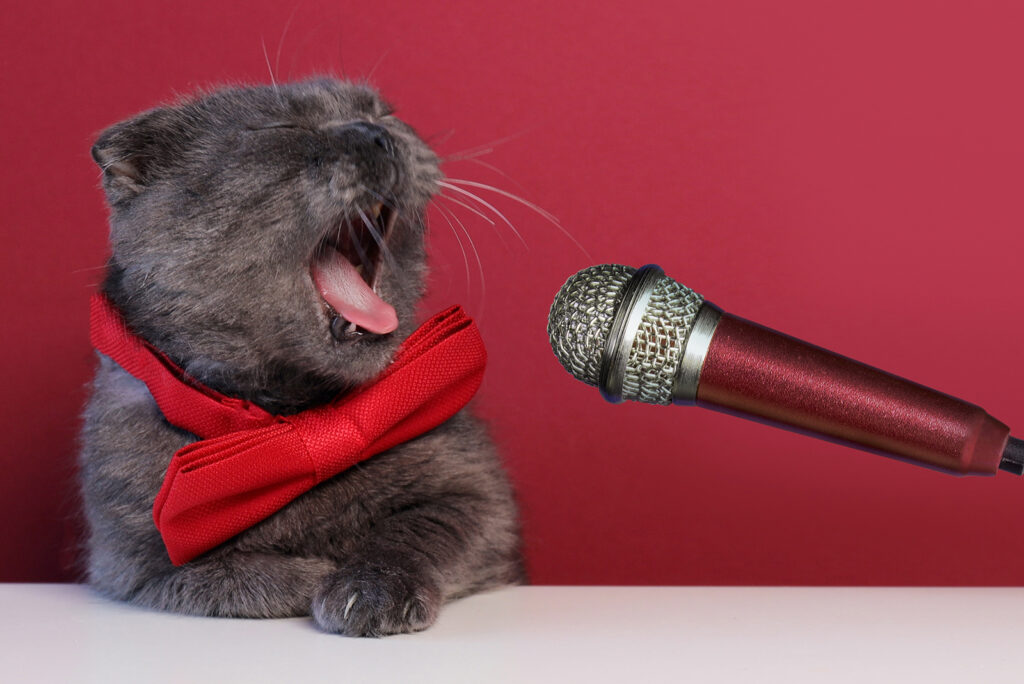
Cats use vocalization as one of their primary ways to communicate, so a sudden change in how they “speak” can be a significant clue that something’s wrong! If your quiet kitty suddenly becomes vocal or your chatty cat starts yowling excessively, it could be their way of expressing discomfort.
Pain-related vocal changes can range from low growls and howls to sharp cries, especially when touched or moving. This behavior is often linked with acute pain conditions like injuries, dental pain, or urinary tract issues.
If your cat’s meows become more frequent, louder, or sound distressed, it’s time to take the behavior seriously!
7. Aggression Or Irritability
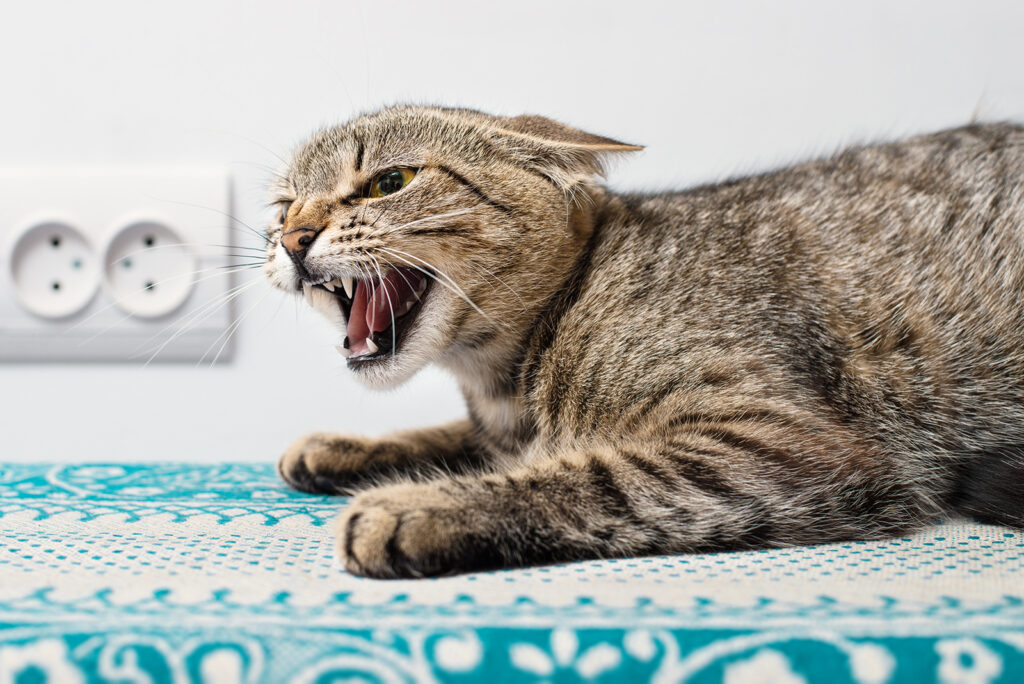
Pain can turn even the friendliest kitty into a cranky mess. If your typically calm cat suddenly begins hissing, swatting, or showing uncharacteristic aggression, it could be a defensive reaction to pain.
When cats feel vulnerable due to discomfort, they may lash out to protect themselves from further harm. Irritability can surface when you attempt to touch the affected area or when your cat feels physically limited.
Some cats may growl when approached or resist being picked up, even by familiar hands! This shouldn’t be dismissed as moodiness! Pain could be the underlying cause.
8. Lethargy
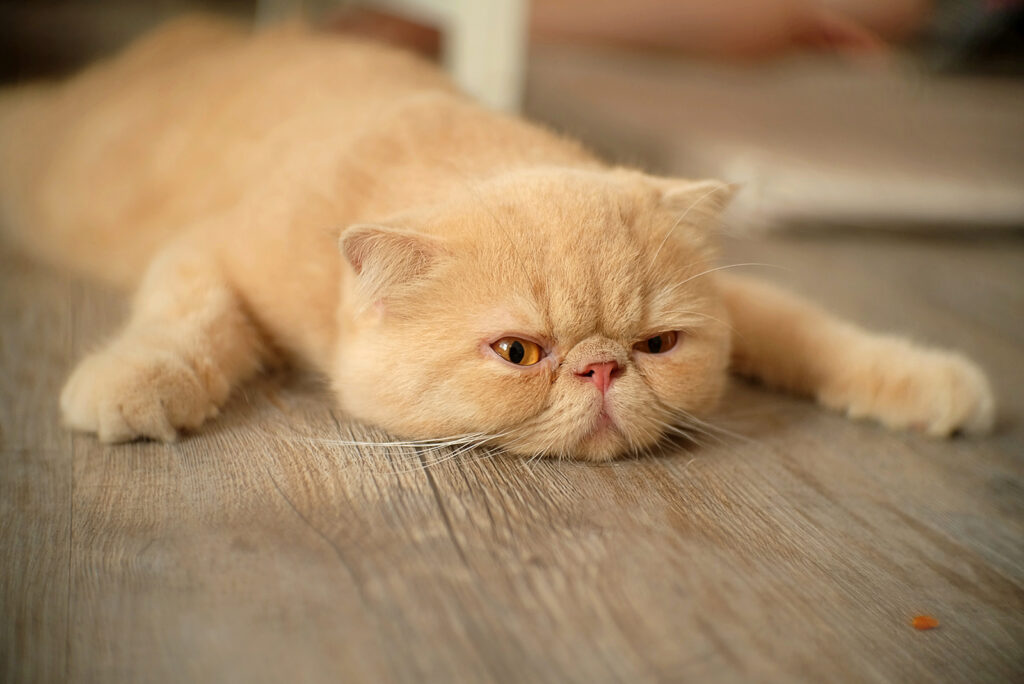
If your once playful and energetic kitty has suddenly transformed into a professional couch potato, it could be more than just a lazy streak.
A significant drop in activity levels, lack of interest in playtime, or avoiding previously loved activities can be a red flag for underlying pain. Cats often become less mobile when something is bothering them physically, such as joint pain or an internal health issue!
However, this sign can be quite subtle since cats are naturally relaxed creatures. If your cat seems less engaged, sleeps far more than usual, or appears disinterested in toys and interaction, it might be their way of conserving energy due to discomfort.
Keep a close eye, just in case!
9. Reluctance To Jump Or Climb
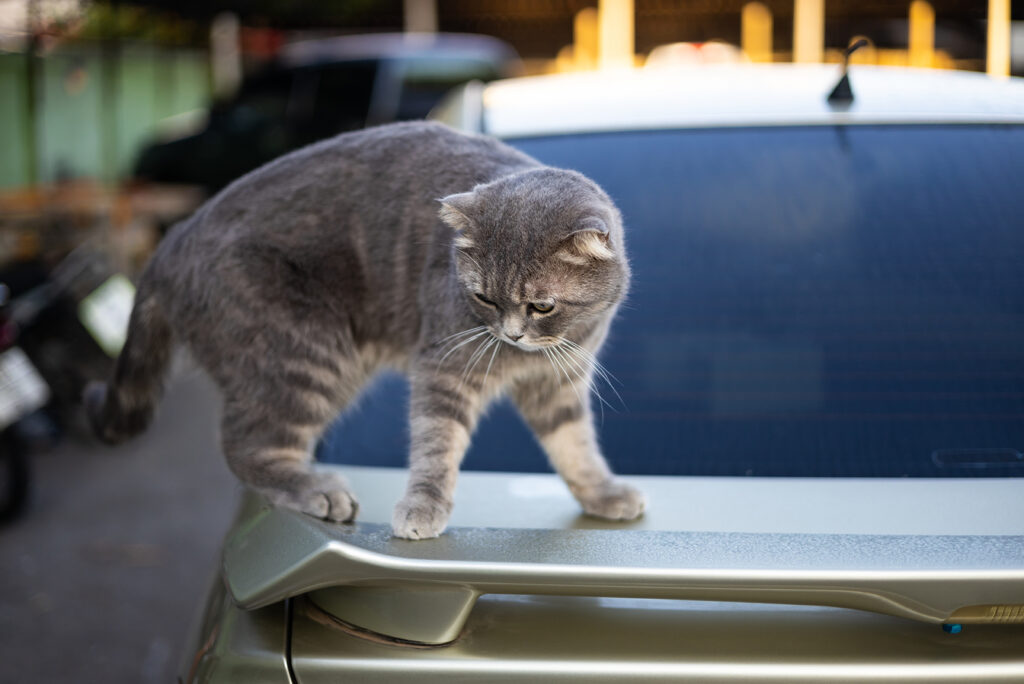
Is your feline friend suddenly refusing to leap onto the couch or hesitating before scaling their favorite cat tree? A sudden reluctance to jump, climb, or use vertical spaces can signal pain, particularly in the joints, spine, or legs. Already kind of mentioned this, but as they say – repetition is the mother of learning!
Cats are natural climbers and jumpers, so when they start avoiding high perches or seem hesitant to make their usual graceful leaps, it’s often due to physical discomfort.
Arthritis, muscle strains, or even subtle injuries can make these movements uncomfortable. Watch for signs like using alternative paths or vocalizing before attempting a jump.
If your cat is moving less or hesitating more often, consider a vet visit to rule out mobility issues.
10. Change In Posture
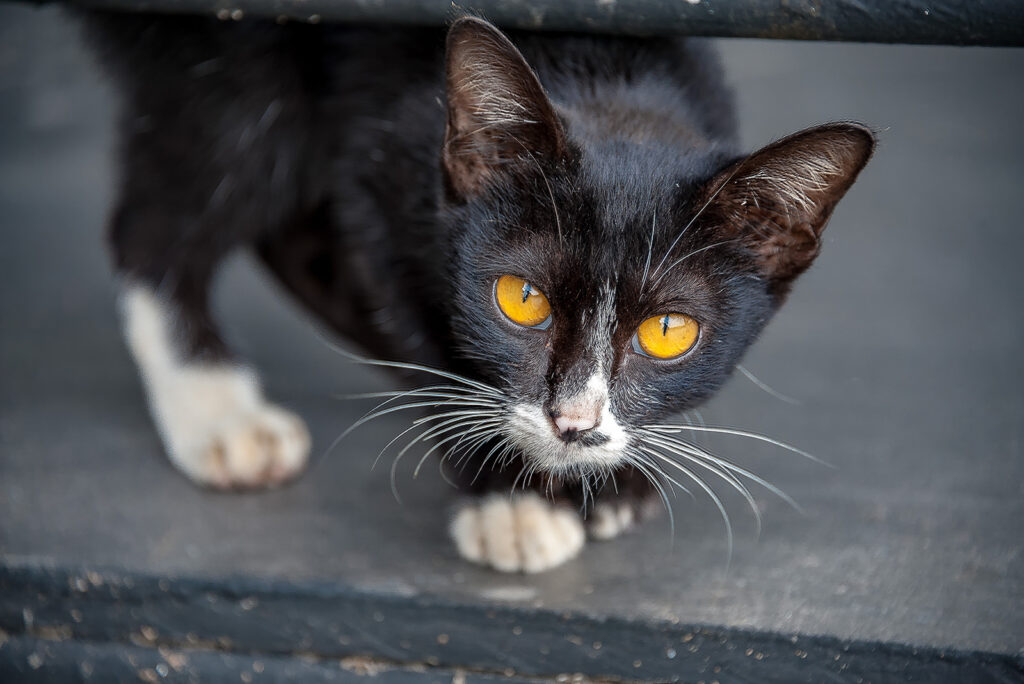
Your cat’s body language can speak volumes. A hunched, stiff, or tense posture, most often with their back slightly arched and their head lowered, can be a silent indicator of discomfort.
Cats may also keep their abdomen tucked in or sit in a loaf position with their paws hidden beneath them. While this posture can sometimes be normal, prolonged stiffness or guarding of a specific area can suggest abdominal pain, muscle strain, or even kidney issues!
Cats in pain may avoid stretching or lie in awkward, compact positions to shield tender areas. If you notice a significant change in your cat’s usual relaxed sprawl, it’s worth discussing with a veterinarian!
11. Increased Sleeping
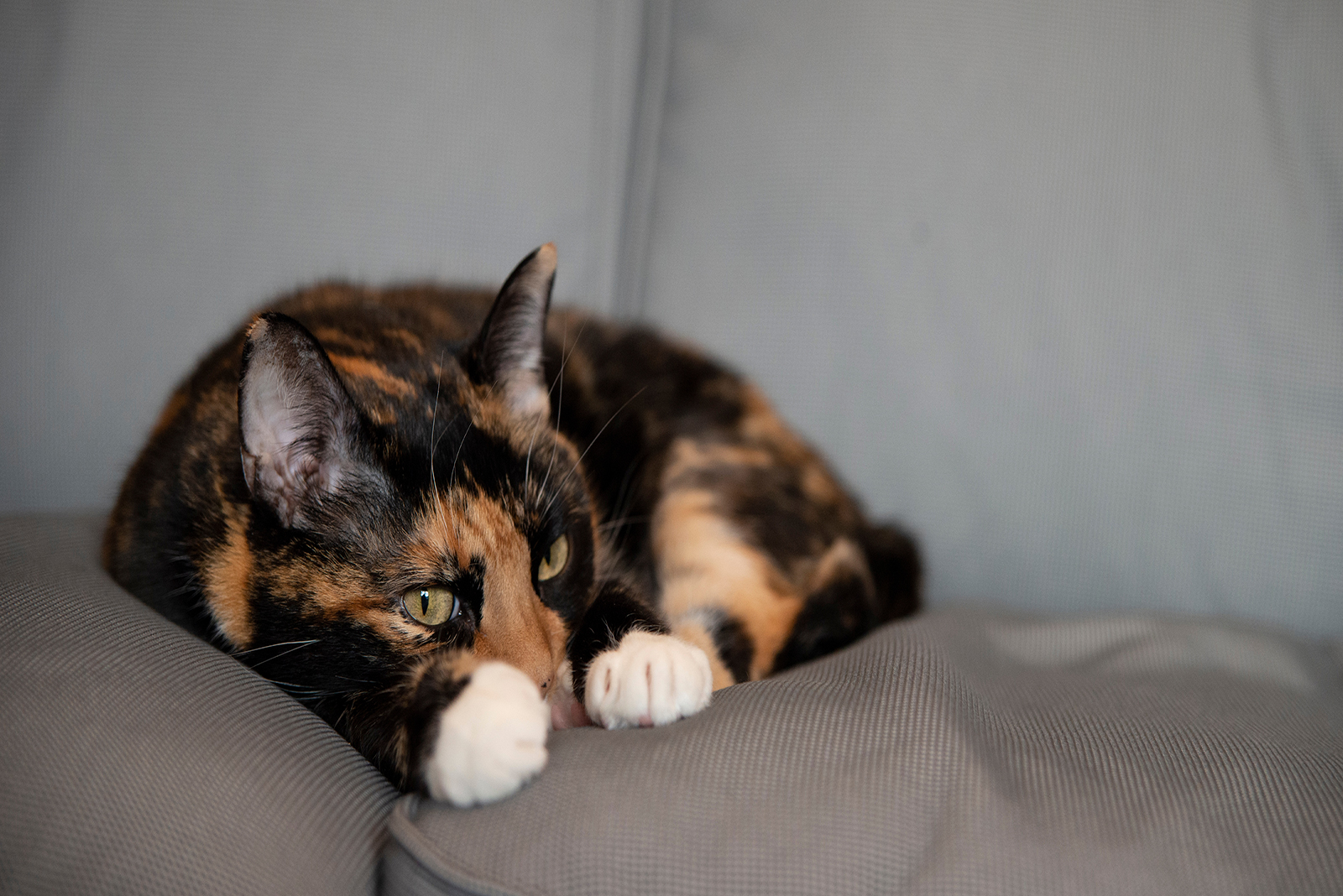
Cats already have a well-deserved reputation as napping champions, but if your kitty seems to be clocking in overtime in dreamland, it might be worth investigating. While some cats simply enjoy extra sleep during colder months or as they age, a sudden spike in sleep duration could indicate that your cat is trying to heal or avoid physical discomfort!
Pain can sap their energy, making rest more appealing as their body attempts to recover. If your cat is harder to rouse, skipping meals, or retreating to hidden sleep spots, it may be signaling pain rather than just a love for catnaps.
Keep an eye out for other signs of discomfort, such as reduced grooming or irritability, and seek veterinary advice if sleep patterns seem unusually excessive.
12. Unusual Facial Expressions
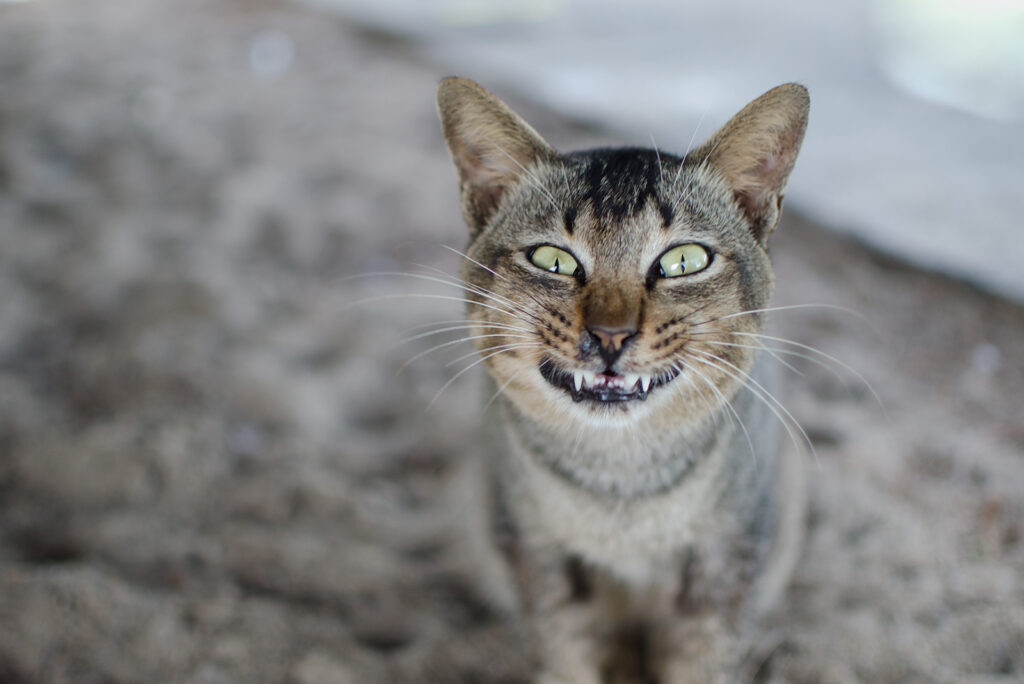
Your cat’s face can be a powerful window into their well-being, even when they aren’t meowing for attention. Flattened ears, narrowed or squinting eyes, and a tense jawline can be significant clues that something is wrong!
When a cat feels unwell or in pain, they may display these weird expressions as a way of physically reacting to discomfort. Think of it as their version of wincing! While some cats naturally have more serious resting faces, a sudden change in their usual relaxed look should raise concern.
Pay close attention when paired with other behaviors, like avoiding petting or withdrawing from family interaction. If you notice this persistent look of discomfort, it may be time for a checkup!
13. Changes In Litter Box Habits
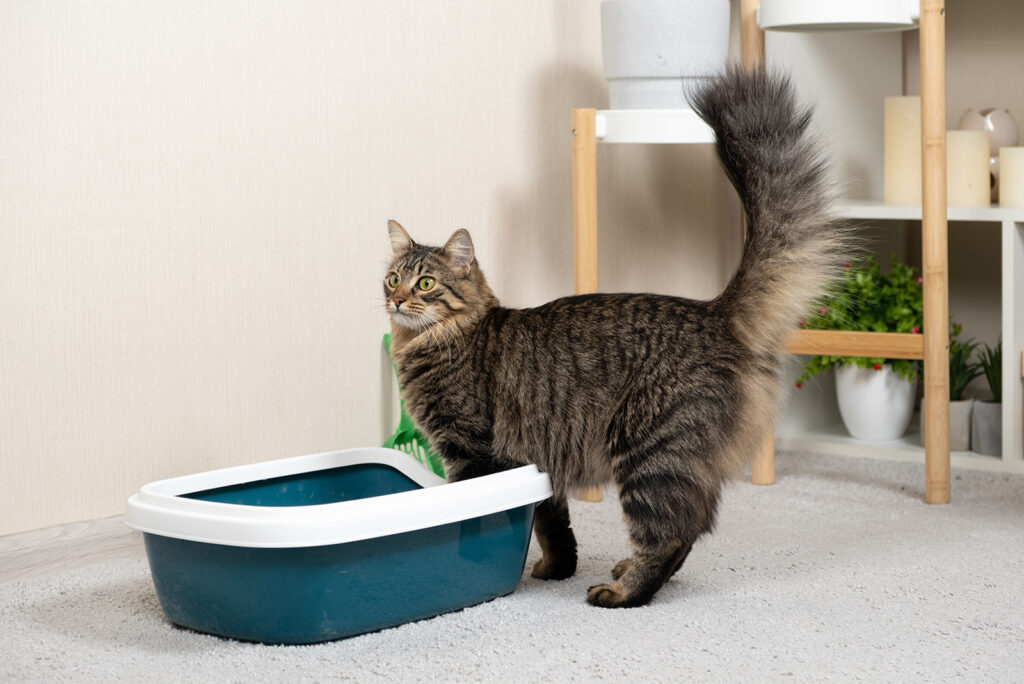
Cats are typically fastidious when it comes to their litter box habits, so sudden changes in bathroom behavior can be a telltale sign of pain.
If your cat starts avoiding the litter box, straining while urinating, or making frequent trips without results, it could indicate conditions such as a urinary tract infection, bladder stones, or digestive discomfort.
Urinary issues in particular can be serious especially for male cats! They can lead to blockages requiring immediate veterinary care. Even a change in stool consistency or posture while eliminating can be a clue.
Always keep an eye on your cat’s litter box activity since it’s one of the most reliable ways to monitor their health.
14. Rapid Breathing
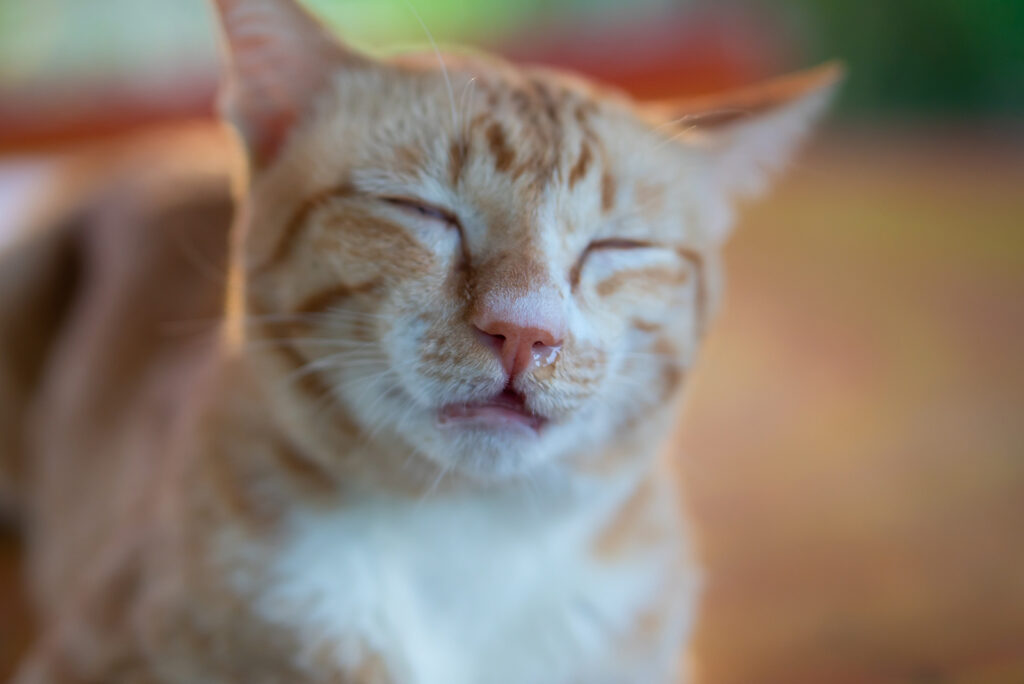
Fast or shallow breathing can be a serious red flag for underlying pain or distress. While cats can breathe faster after playtime or during moments of excitement, consistently rapid breathing while at rest should never be ignored.
This behavior can be linked to respiratory issues, heart conditions, or even abdominal pain that makes normal breathing uncomfortable! Watch for additional signs like open-mouth breathing, excessive panting, or flaring nostrils, as these can indicate more serious concerns.
15. Purring More Than Usual
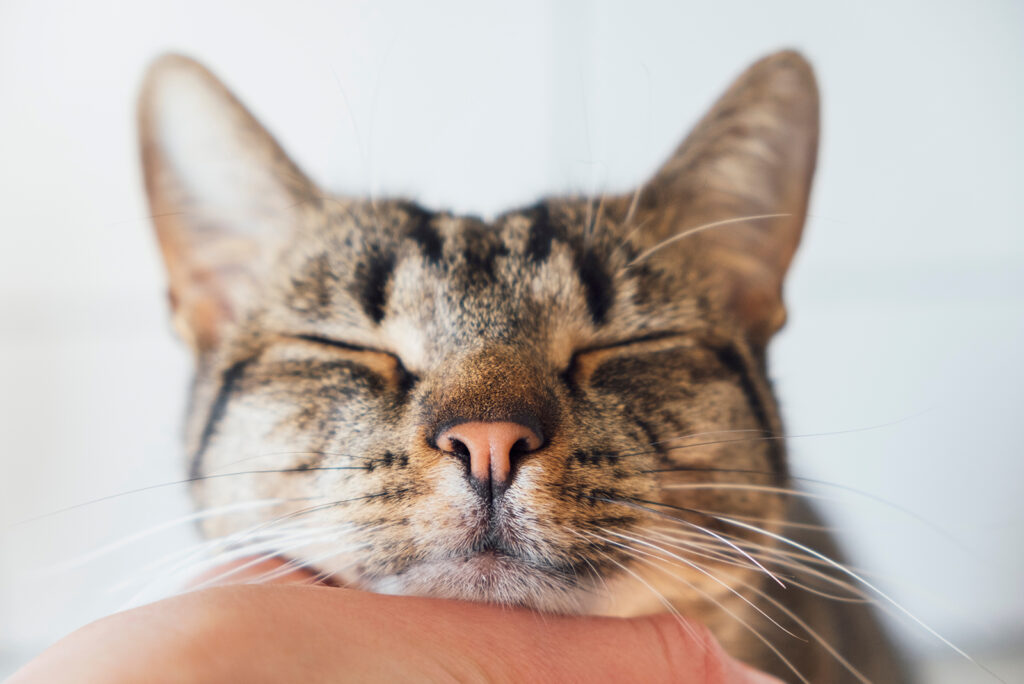
Purring is often associated with happiness and contentment, but did you know cats also purr when they’re in pain?
It’s thought to be a self-soothing mechanism, similar to how humans might hum or rock themselves when distressed! If your cat is purring more frequently or intensely, especially in situations where they would not typically do so, like when they’re resting alone or after an injury, it could be a sign of discomfort.
Cats may use the vibrations created by purring as a calming tool when stressed or unwell. While it might seem counterintuitive, purring should be considered alongside other behaviors like lethargy, hiding, or a change in eating habits.
Out of character purring is definitely worth a trip to the vet for a full health check!
16. Vomiting
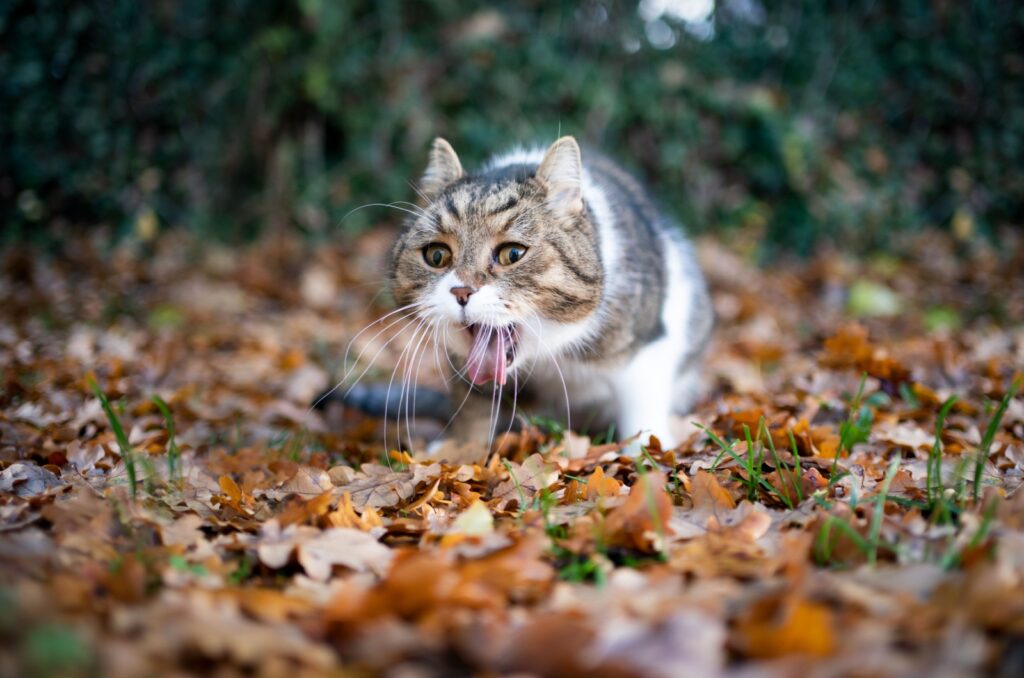
Frequent or severe vomiting in cats can be a sign of pain or discomfort.
While occasional vomiting, such as from hairballs, is normal, persistent vomiting may indicate underlying health issues.
Conditions like gastrointestinal inflammation, kidney disease, or ingestion of toxic substances can cause both pain and vomiting.
If your cat is vomiting repeatedly, especially if it’s accompanied by other symptoms like lethargy or loss of appetite, it’s essential to consult a veterinarian immediately.
17. Weight Loss
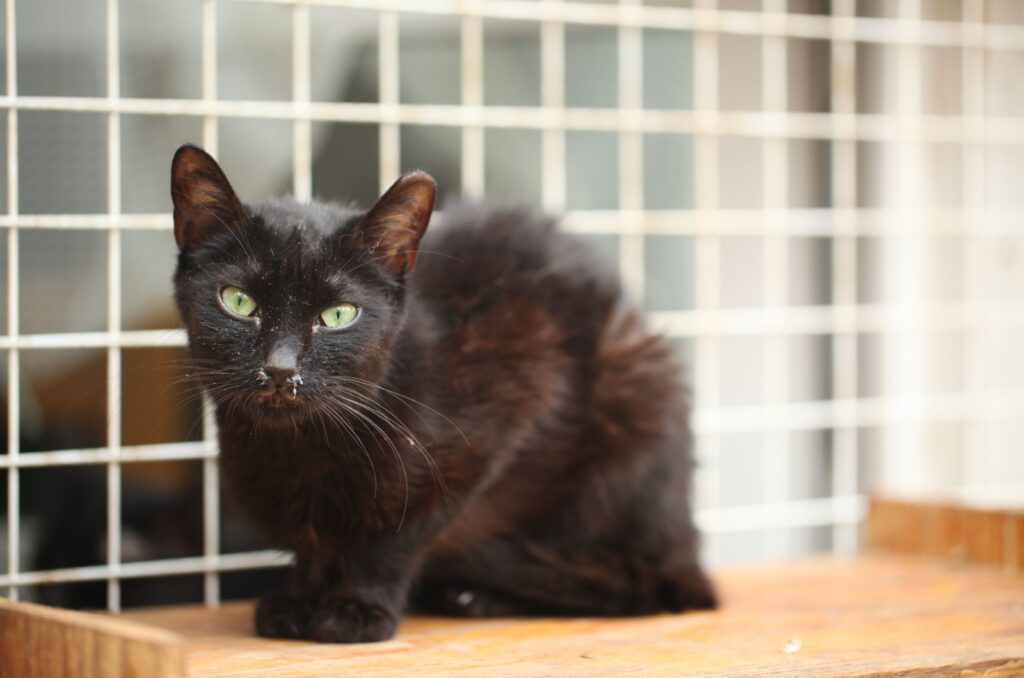
Unexplained weight loss in cats is a significant red flag that they might be in pain or unwell.
Painful conditions such as dental issues, gastrointestinal problems, or chronic diseases like hyperthyroidism or cancer can lead to a decreased appetite and subsequent weight loss.
Cats may also burn more calories due to stress or pain-related pacing or restlessness. Sudden or gradual weight loss warrants a vet visit to identify and treat the underlying cause.
18. Change In Eating Habits
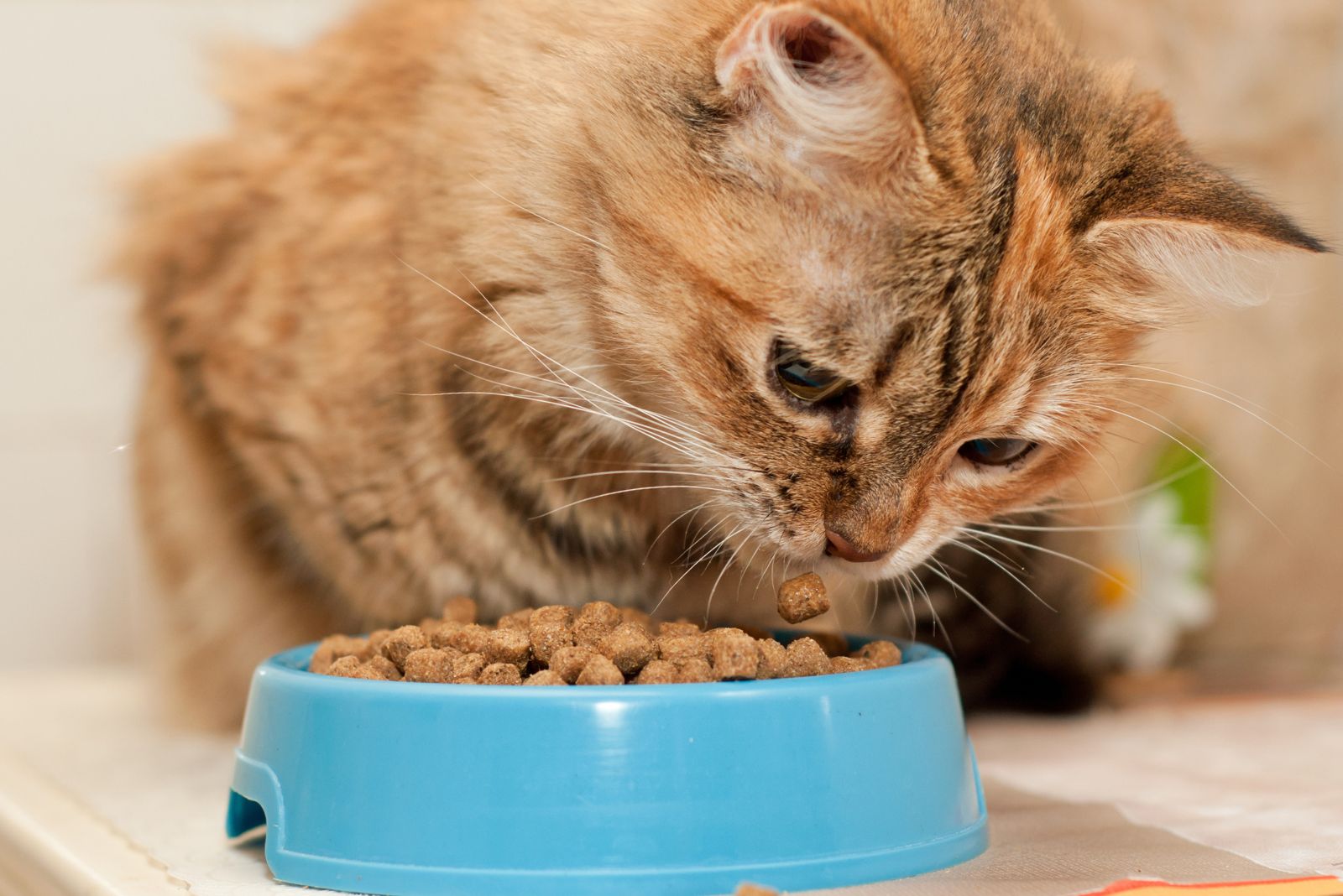
A sudden change in how your cat eats can be a subtle yet important indicator that something is wrong.
If your cat begins chewing differently, avoids certain foods, or struggles to eat, it may be experiencing pain, especially in the mouth, teeth, or jaw area.
Cats are masters at hiding discomfort, so any deviation in eating habits is worth paying attention to.
19. Excessive Thirst
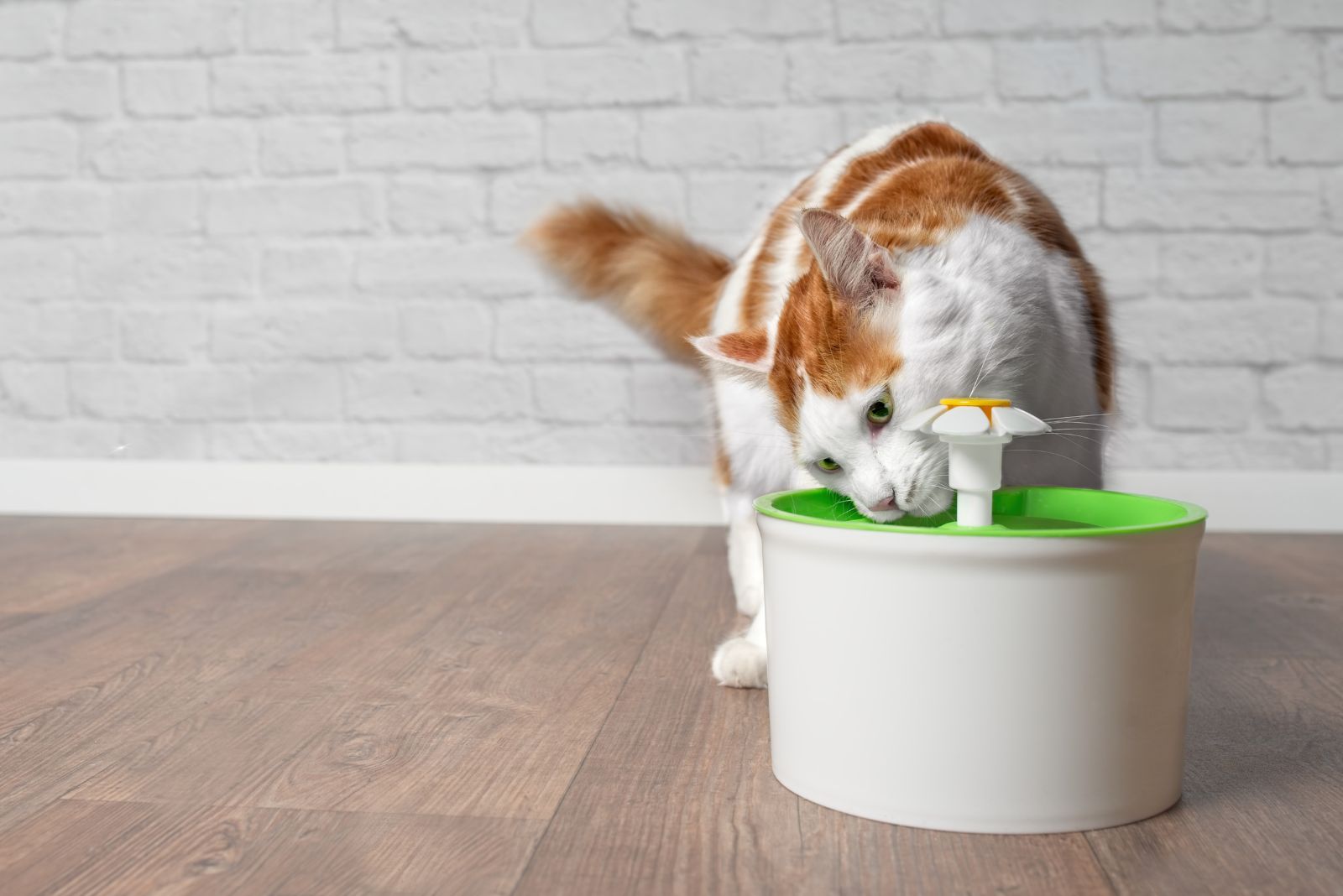
If your cat starts drinking more water than usual, it could be a sign of underlying pain or discomfort.
Increased thirst, or polydipsia, may be linked to various health issues such as kidney disease or urinary tract problems, but it can also occur when your cat is in pain.
If this behavior is combined with other signs of distress, it’s important to consult with your vet to rule out any serious concerns.
20. Dilated Pupils
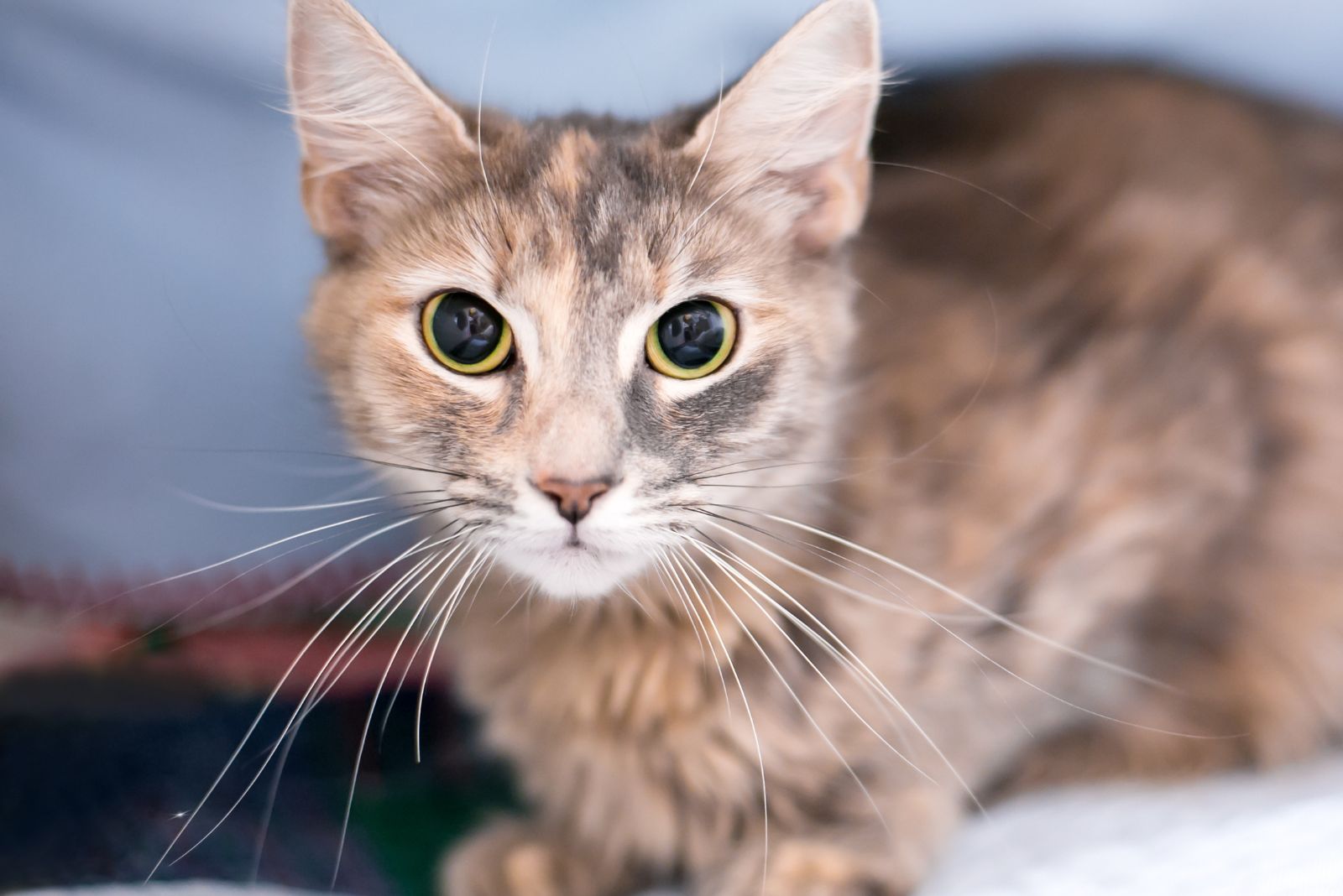
If your cat’s eyes seem unusually wide, even in bright light, it could be more than just curiosity. Dilated pupils are often a physiological response to pain or stress.
While excitement or fear can also cause this reaction, consistent dilation without an obvious trigger may signal that something deeper is wrong.
21. Clinginess Or Unusual Affection
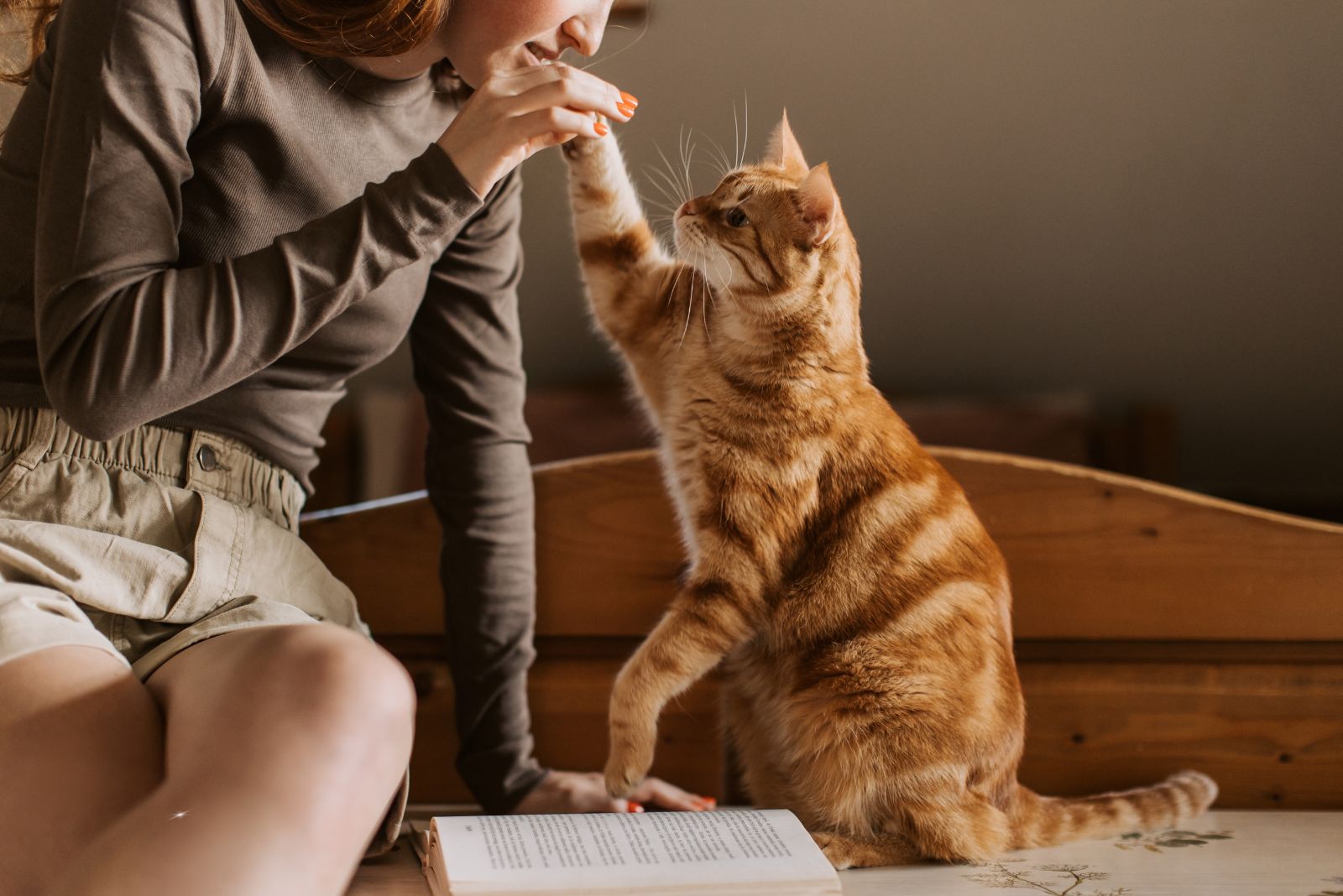
Some cats become extra needy when they’re not feeling well.
If your normally independent feline suddenly insists on being near you constantly or shows a dramatic shift in affection, pain might be the cause. This change in behavior is their quiet way of seeking comfort and reassurance.





